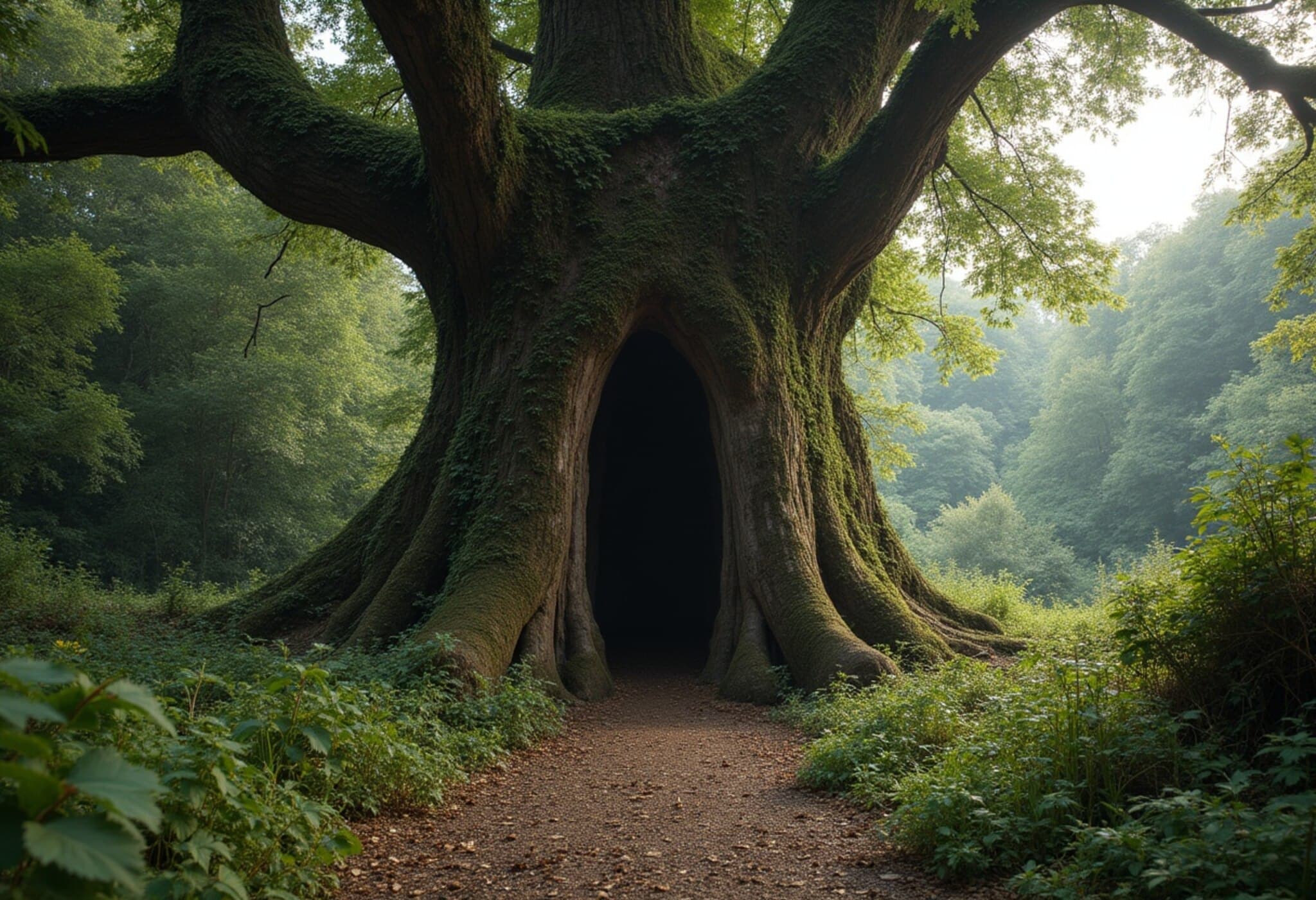‘Moronic’ Vandalism Leads to Jail Time for Sycamore Gap Tree Destruction
In a landmark case highlighting the importance of protecting natural heritage, two men have been sentenced to over four years in prison for the deliberate felling of the renowned Sycamore Gap tree, an emblematic symbol standing alongside Hadrian’s Wall in Northumberland, England.
A Crime Against Nature and History
Daniel Graham, 39, and Adam Carruthers, 32, embarked on a late-night mission in 2023 armed with a chainsaw, cutting down the iconic 150-year-old sycamore tree that had stirred deep emotional connections and historic pride across the United Kingdom and beyond. The act was described by the prosecution as a “moronic mission,” evoking widespread public outrage.
The Sycamore Gap tree was not merely a tree; it was a cultural landmark immortalized in the 1991 film Robin Hood: Prince of Thieves, a magnet for photographers, hikers, and those seeking solace or wishing to scatter the ashes of loved ones. It was also voted England’s “Tree of the Year” in 2016—a testament to its significance in collective memory and landscape heritage.
Legal Ramifications and Sentencing
Northumbria Police charged Graham and Carruthers with two counts of criminal damage: one for the reckless destruction of the tree itself and another for the collateral harm to the adjacent Hadrian’s Wall, a UNESCO World Heritage Site with immense archaeological and historical value.
At Newcastle Crown Court, Justice Christina Lambert imposed a sentence of four years and three months each, emphasizing the high level of premeditation and the profound distress caused to communities. The judge noted that the pair appeared motivated by “sheer bravado,” seeking a thrill on a stormy night, delighting in the media attention following their destructive act.
“You revelled in the coverage, taking evident pride in what you had done, knowing that you were responsible for the crime which so many were talking about.” — Justice Christina Lambert
Expert Perspectives and Cultural Loss
Sarah Dodd, a specialist in tree law, reflected on the tragedy, noting, this is the first recorded instance in the UK where individuals received prison sentences for unlawfully felling a tree of this stature and importance. She called the incident “profoundly sad,” underscoring that the Sycamore Gap tree was more than wood and leaves; it was a marker of memory, history, and belonging.
Andrew Poad, National Trust general manager of heritage and conservation, described the tree as a totemic symbol that belonged to the public, a sanctuary and a cherished landmark along Hadrian’s Wall. The estimated value of the tree’s natural and heritage worth ranged between £150,000 and £460,000 ($180,000-$545,000), reflecting its cultural and ecological significance.
Behind The Scenes: From Friendship to Felony
The tragedy extends beyond environmental destruction into personal betrayal. Graham and Carruthers, once close friends who ran overlapping businesses, denied responsibility for the crime at first. However, mounting digital evidence—mobile phone videos, location data tracking Graham’s Range Rover near the tree around the time it was toppled, and incriminating text exchanges—solidified their guilt.
Despite initial denials, both men eventually admitted involvement. The court found that Carruthers cut the tree with the chainsaw while Graham documented the act on video, which was later shared between them, further implicating both.
The video, shot at the scene, depicts a lone figure wielding a chainsaw in the darkness, felling the majestic tree in just under three minutes. This footage, combined with forensic and digital data, left no reasonable doubt in the minds of the jurors.
Wider Implications For Heritage Protection
The sentencing marks a critical precedent in how the UK justice system treats environmental vandalism, especially when it intersects with historic conservation. Experts argue that this case underscores the urgent need for stronger legal frameworks and public awareness campaigns to protect irreplaceable natural monuments.
In the broader American context, similar landmark trees and cultural heritage sites face risks from vandalism, urban development, and climate impacts. This case serves as a powerful reminder that safeguarding our natural and historical landmarks demands vigilance, swift legal responses, and community stewardship.
What Remains After the Sycamore’s Fall?
- Emotional scars: The loss left communities and visitors feeling a profound sense of grief and cultural dislocation.
- Legal lessons: Highlights successful use of digital evidence in prosecuting heritage crimes.
- Policy debates: Sparks renewed conversations on protecting natural landmarks through policy and technology.
- Symbolic loss: Raises awareness about the fragile nature of shared heritage in an age of reckless behaviors.
As the landscape heals, discussions continue on how to balance public access with conservation and how to foster respect for the natural treasures that define cultural identity.
Editor’s Note
The Sycamore Gap tree’s senseless destruction is a poignant case that reverberates far beyond Northumberland. It challenges us to reflect on how society values natural heritage and the lengths to which some will go to protect or desecrate it. What measures can communities, governments, and individuals take to ensure such irreplaceable landmarks are preserved for future generations? And how can technology aid in both preventing and prosecuting acts of environmental vandalism? The dialogue sparked by this case is just beginning.



















